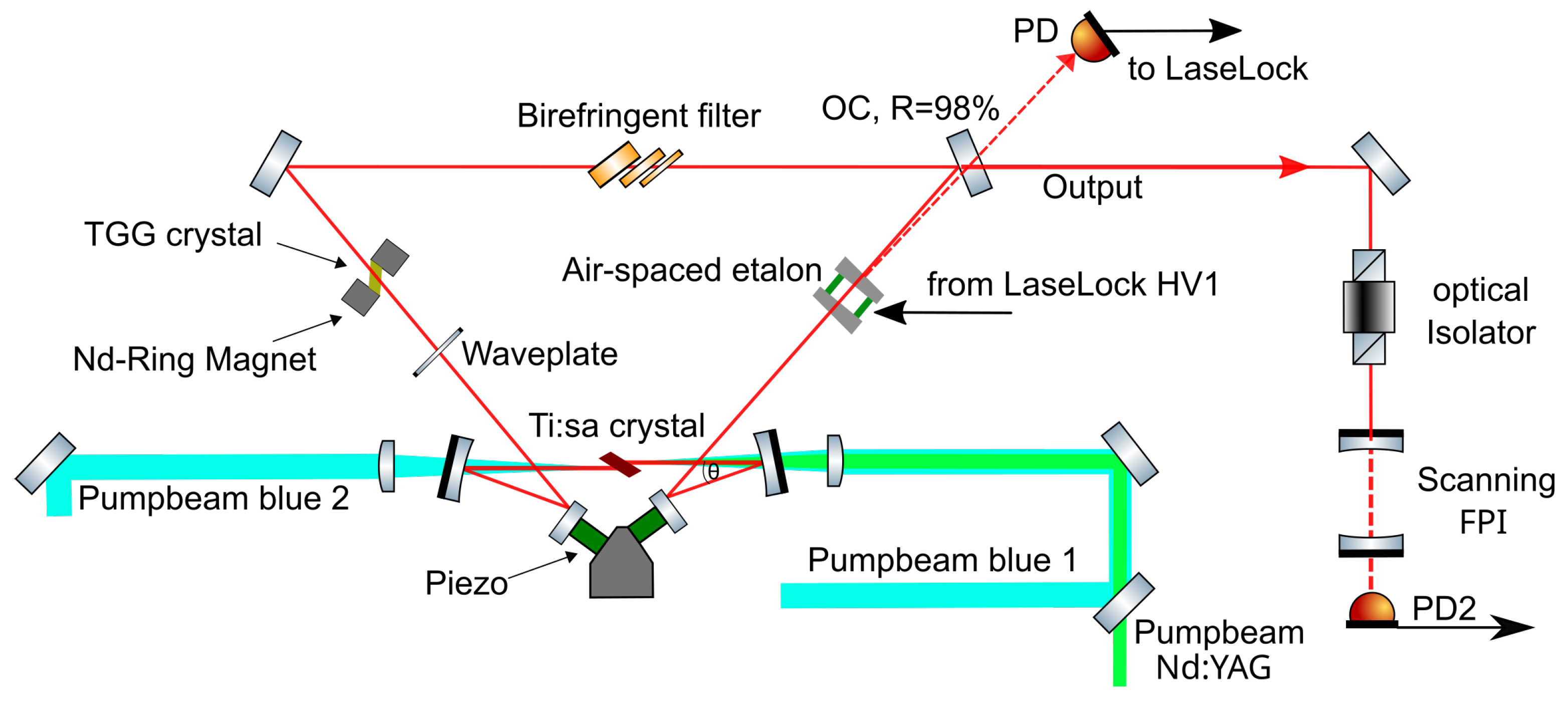Contents

Source: MDPI
Titanium-Doped Sapphire Lasers
Introduction
Titanium-doped sapphire (Ti:sapphire) lasers are widely used in various applications due to their tunability and ability to generate ultrashort pulses. They were introduced in 1986 and have since become a popular choice for researchers and industry professionals.
Properties of Ti:sapphire
Ti:sapphire has unique properties that make it ideal for laser applications. It has a high thermal conductivity, excellent beam quality, and can be tuned to different wavelengths. However, the high cost of Ti:sapphire lasers limits their widespread use.
Construction of Ti:sapphire Lasers
Ti:sapphire lasers are typically constructed using a Ti:sapphire crystal placed between curved mirrors for optimal light amplification. The pump light is directed into the crystal through dichroic mirrors. These lasers are usually end-pumped to achieve high pump intensities.
Pulse Generation
Ultrashort pulses from Ti:sapphire lasers are generated using passive mode locking techniques such as Kerr lens mode locking. This allows for the production of pulses as short as a few femtoseconds. These lasers are capable of producing high output powers and are used in various scientific and industrial applications.
Frequency Conversion
Nonlinear frequency conversion techniques can be applied to extend the emission wavelengths of Ti:sapphire lasers. Frequency doubling and optical parametric oscillation are commonly used methods to access different spectral regions.
Alternatives to Ti:sapphire Lasers
Due to the high cost of Ti:sapphire lasers, alternative laser technologies are being explored. Chromium-doped laser gain media and surface-emitting semiconductor lasers are among the alternatives that offer different performance characteristics and cost considerations.
Conclusion
While Ti:sapphire lasers remain a popular choice for many applications requiring tunable and ultrashort pulse lasers, the high cost associated with them has led to the exploration of alternative technologies. Researchers and industry professionals continue to innovate in the field of laser technology to meet the diverse needs of various applications.

Source: YouTube
Feel free to comment your thoughts.



